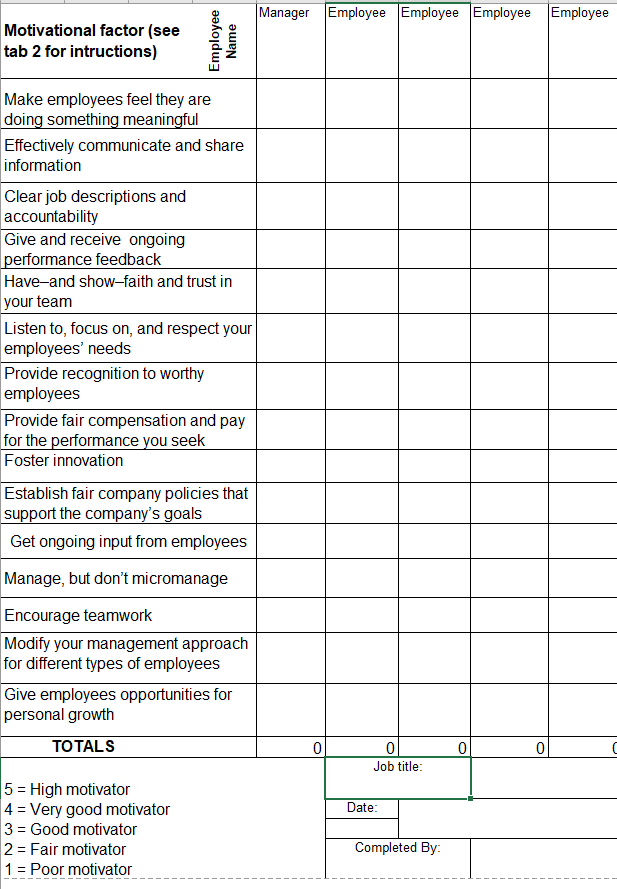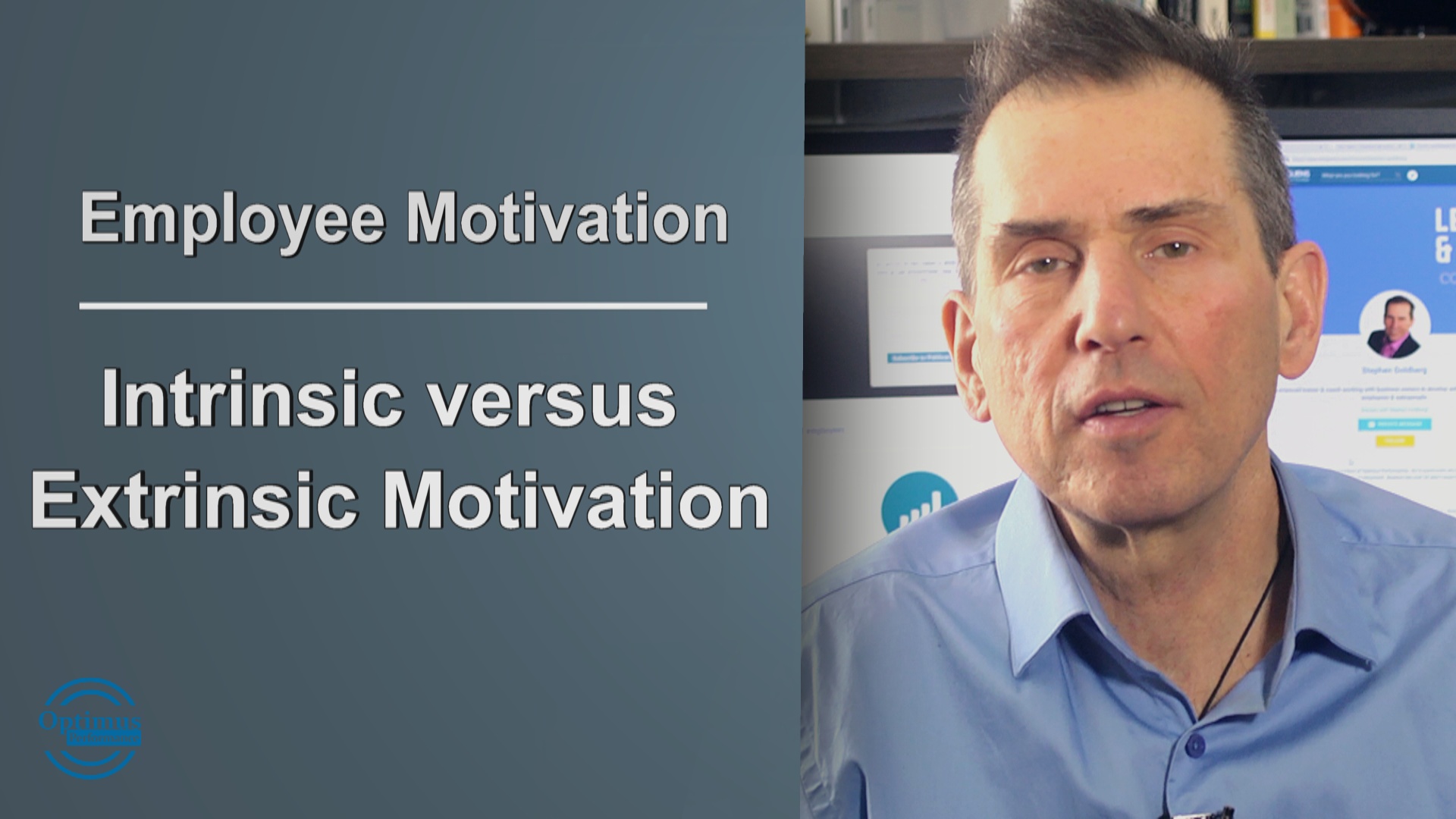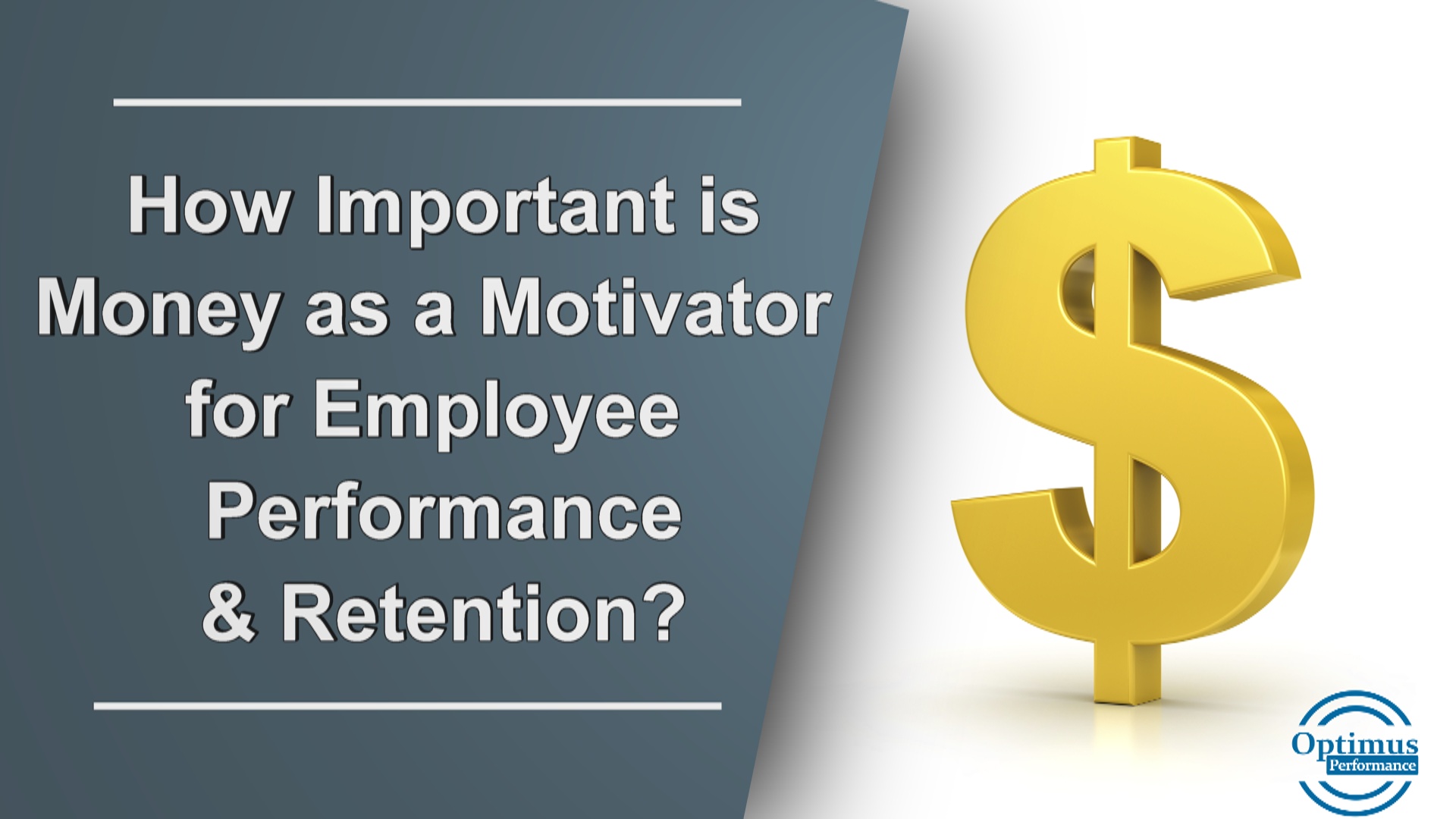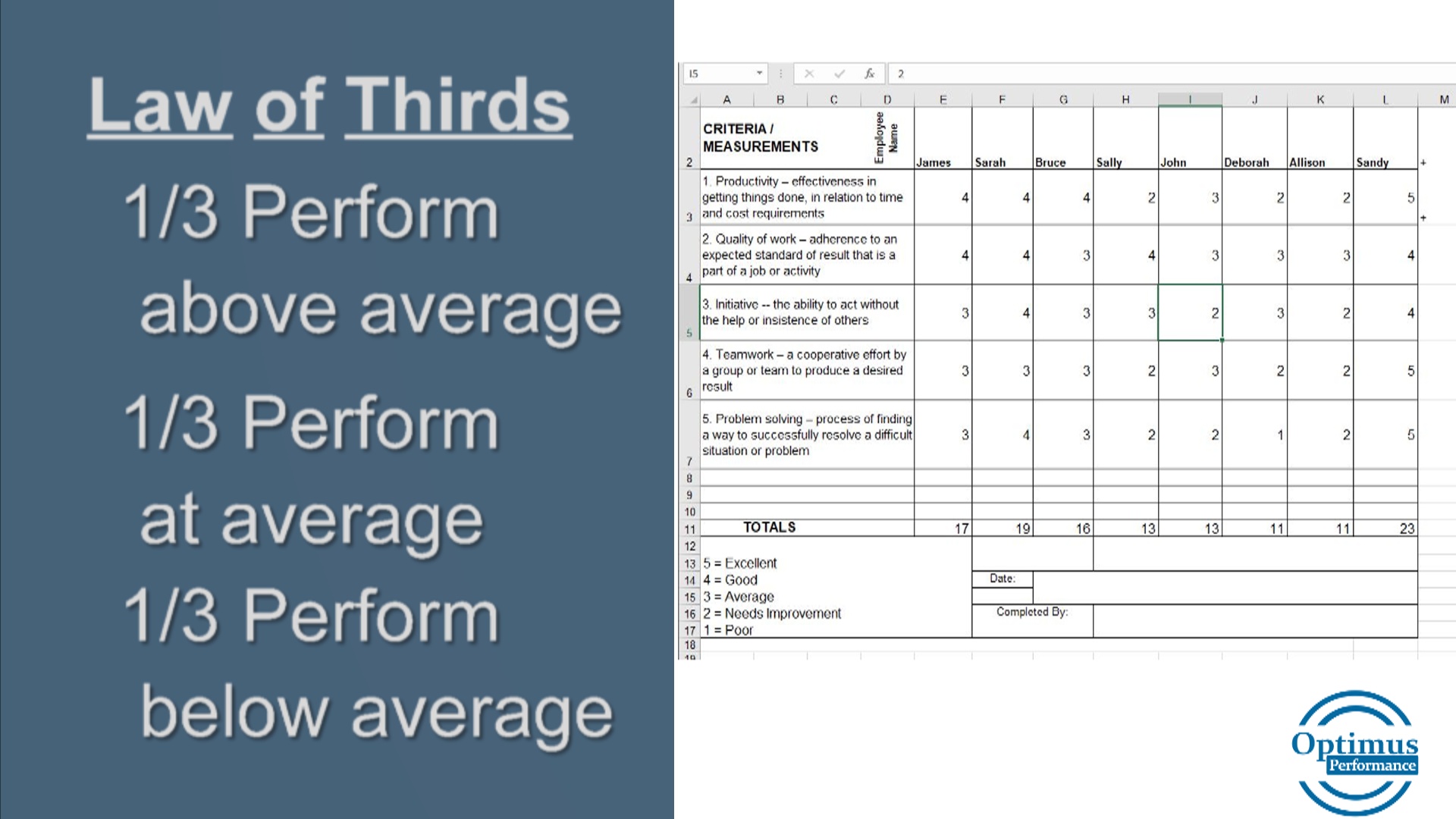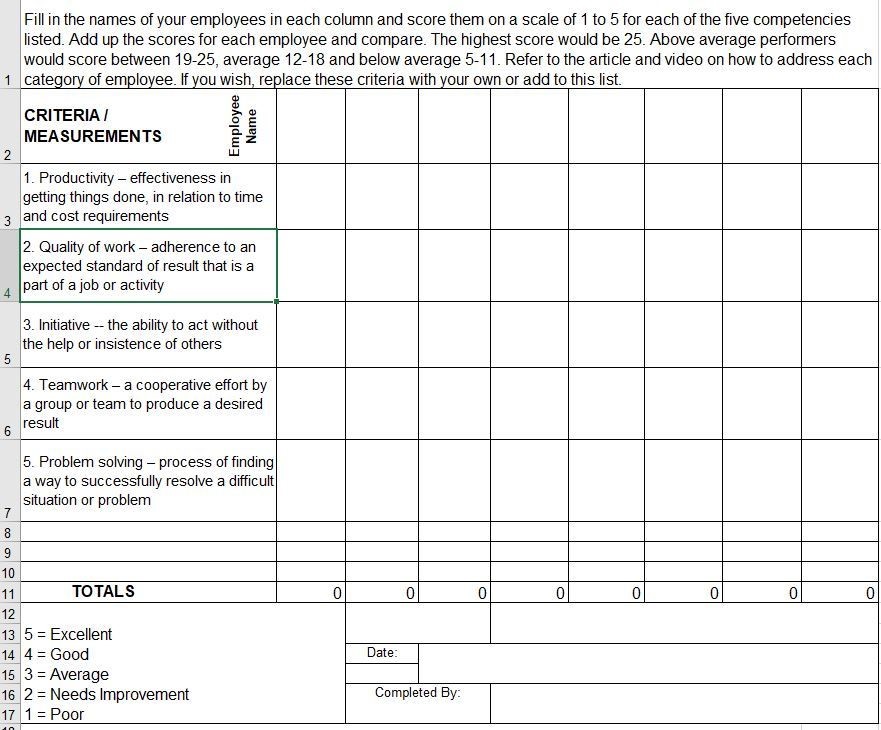Everyone has both intrinsic and extrinsic motivation when it comes to life and work. Some employees are more driven by internal factors (intrinsic motivation), while others are more motivated by external factors (extrinsic motivation). Everyone though has both but to different degrees depending on a variety of factors.
Last week I published a video telling the story of a young lawyer working at a large law firm and being paid very well. However, he was feeling a great deal of pressure to produce billable hours and this caused high stress. He decided to take another lawyer job where he could work normal hours with much less pressure. The job pays a considerably lower salary, but he would rather earn less money to have better work/life balance and feel happier.
Is this person motivated intrinsically or extrinsically? From my perspective his motivation is intrinsic, it is driven by having personal balance and happiness. For him that was more important than good wages.
Is it better to have employees that are intrinsically or extrinsically motivated?
Intrinsically motivated employees want to perform well because they enjoy the work and the want to feel good about their own accomplishments. Extrinsically motivated employees on the contrary want to perform well to achieve external rewards or status.
Having intrinsically motivated employees is preferred because they are self-motivated and need less external stimulation. However, that does not mean you can ignore the accomplishments and performance of this type of motivated employees. Giving positive recognition and feedback, which is a form of external reward will add to their feeling of personal accomplishment and drive their internal motivation.
Extrinsic motivation can be driven by fear of
punishment and that can create a negative and controlling workplace. People may
perform to minimum standards just to avoid the negative outcome rather than
wanting to achieve excellence on their own.
- Challenge
- Control
- Curiosity
- Accomplishment
- Competition
- Cooperation
- Recognition
- Financial Rewards
- Praise and Recognition
- Peer Pressure
- Consequences and Punishment
- Undermining Theory
Extrinsic motivation puts more power and control in the hands of the manager and causes more autocratic style of leadership. An intrinsic motivation approach trusts that people want to perform well and are motivated to do so, thus promoting a participative style of leadership, which today is much preferred and recommended.
